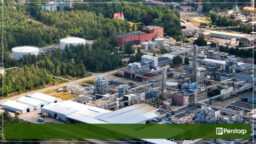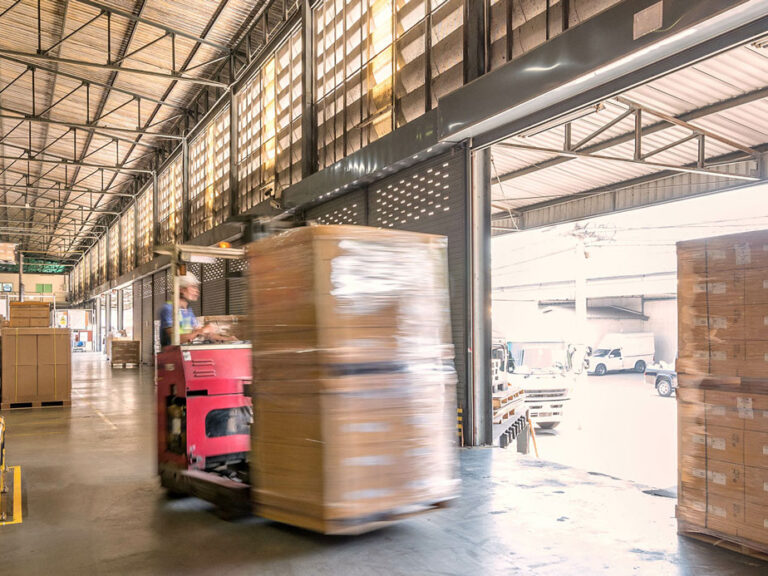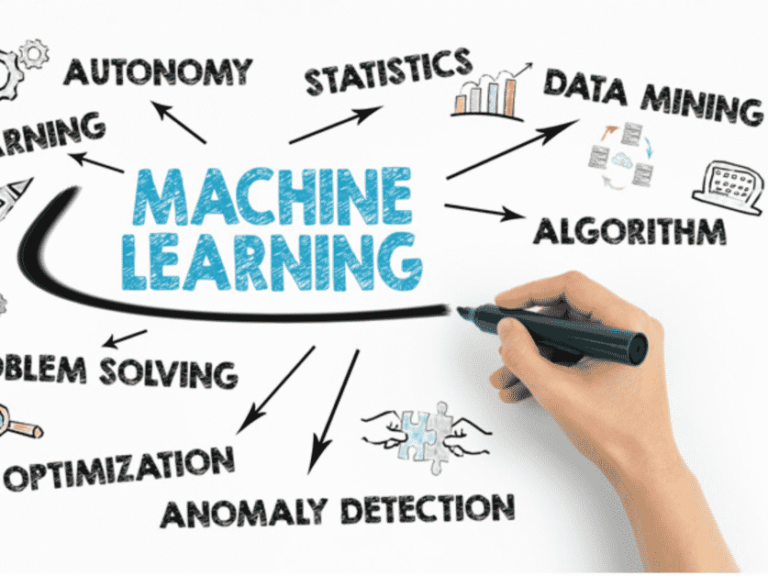Machine Learning – all hype or the new hope?
There’s no doubt that machine learning presents a huge opportunity for supply chain planning. It’s a highly complex process, driven by large amounts of variable data and intricate dependencies.
By using software that leverages the power of machine learning, companies can analyze vast amounts of supply chain data with ease and identify important correlations and patterns that would otherwise not be detectable.
It’s the ability to harness and use this knowledge to create more accurate plans that present such an opportunity.
Determining cause-and-effect relationships
When clarity about cause-and-effect relationships is missing, planners and management have to resort to guesswork and assumptions. This means too much time is spent trying to predict the outcome of scenarios and the impact of decisions.
This is where the unbiased and automated approach offered by machine learning comes into play. With the ability to understand the underlying correlation between individual events and their impact on demand and supply, guesswork is replaced by a structured, evidence-based, repeatable approach.
By determining the most likely outcome from every scenario based on existing knowledge, while at the same time learning and tuning after each event to gradually improve decision-making, machine learning can offer incredible value. It is a process similar to how we humans learn, but much faster and more scalable.
First stop: Demand Forecasting
Demand Forecasting is the starting point for supply chain planning and sets the stage for everything that happens downstream. It is also the part of the planning process where machine learning technology has the greatest impact – at least initially.
Most forecast tools today are based on time-series forecasting, where past sales are used to predict future demand. While many of these statistical approaches are very good and provide great value, especially when combined to provide a “best-fit” method, they still fail to recognize many of the key variables that impact demand. This is where machine learning techniques come in.
Sales promotions, product introductions, holidays, Super Bowl…take your pick. Any of these events are likely to cause shifts in the demand curve. But each one also comes with its own planning challenges.
Take promotions for example. The seasoned forecaster will know how tricky, and time-consuming it can be to get this right. A time-series based forecasting system will struggle here. Machine learning technology, on the other hand, will provide much better support.
By drawing on past experience, it can recognize not only the type of promotion but also determine which variables impact demand – such as promotional spend, price points, duration, coverage, target channels, etc. This means that a fully informed and objective projection of demand can be generated in a fraction of the time it would normally take.
I’ll be posting more about how to leverage machine learning technology in the supply chain in the coming weeks. In the meantime, if you’d like to know more about how this exciting technology can take your supply chain planning to the next level, get in touch, we’d love to talk.
Get all the latest industry trends, updates & news from Optimity
















